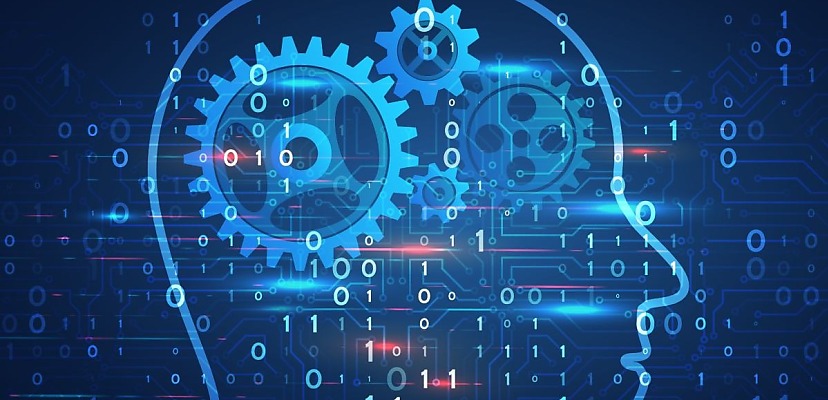Share this article on:
Powered by MOMENTUMMEDIA
For breaking news and daily updates,
subscribe to our newsletter.
Artificial intelligence is transforming cyber security, but it also introduces new risks. For CISOs, the challenge is to harness AI’s power without creating fresh vulnerabilities.

AI has become one of the most talked-about forces in cyber security – and for good reason.
Machine learning models now detect threats faster, analyse huge data sets in real time, and reduce the pressure on SOC staff. For overworked security teams, AI can feel like a superpower – but here’s the thing: every technology that strengthens defences can also weaken them. The same AI capabilities that help defenders identify anomalies are being used by attackers to craft highly believable phishing messages, generate deepfakes of senior executives, and automate network reconnaissance.
The result is an arms race – and CISOs are caught in the middle.
The promise of AI is real, but it’s a promise that needs to be questioned. Many organisations rush to deploy AI-driven tools without understanding what they’re feeding them, how decisions are being made, or what risks come with automation.
AI is only as good as the data it learns from. Feed it biased, incomplete, or outdated information, and it can make flawed decisions that put security – and compliance – at risk.
The right questions
CISOs should start by asking three questions before adopting any AI-powered security solution: What data is it trained on? How transparent are its decision-making processes? And who is accountable if something goes wrong?
These are governance questions as much as technical ones, and they’ll increasingly shape regulatory scrutiny around AI systems.
Used wisely, AI can be a force multiplier for security teams. Threat detection tools can use machine learning to spot unusual network behaviour in seconds. Predictive analytics can forecast likely attack paths. Automated triage can help analysts focus on real threats instead of drowning in alerts. For organisations struggling with skills shortages, AI can help bridge the gap.
However, CISOs must avoid the trap of over-reliance. AI should augment human judgement, not replace it. Security decisions – especially those involving access, containment, or public disclosure – still need human oversight. A model might flag a risk, but humans must interpret it, contextualise it, and decide what action to take. The most effective cyber security programs must always include a human in the loop.
Attackers, meanwhile, are already experimenting with generative AI to scale their efforts. Phishing campaigns now feature flawless grammar and personalised lures. Voice cloning tools can impersonate executives to trick employees. Even malware development is becoming semi-automated. This raises the stakes for every organisation – and makes awareness training more critical than ever.
Defending against AI-enabled attacks will require the same tools being used offensively. Adaptive threat detection, continuous learning models, and behaviour-based analytics will become standard components of the security stack. But beyond technology, success will depend on clear policies around data use, model transparency, and accountability.
The right tool
For CISOs, the message to the board should be straightforward: AI is neither a magic shield nor an existential threat – it’s a strategic tool that must be governed like any other. Investments in AI-driven cyber security need to come with equal investments in oversight, validation, and staff training.
The future of cyber security will be defined by how effectively humans and machines work together. AI can make defenders faster and smarter – but only if CISOs remain vigilant, very sceptical, and firmly in control of how it’s used.
The goal isn’t to hand over the fight to algorithms; it’s to build a partnership where human judgement and artificial intelligence reinforce each other. That’s how resilience will be defined in the AI era.

David Hollingworth has been writing about technology for over 20 years, and has worked for a range of print and online titles in his career. He is enjoying getting to grips with cyber security, especially when it lets him talk about Lego.
Be the first to hear the latest developments in the cyber industry.